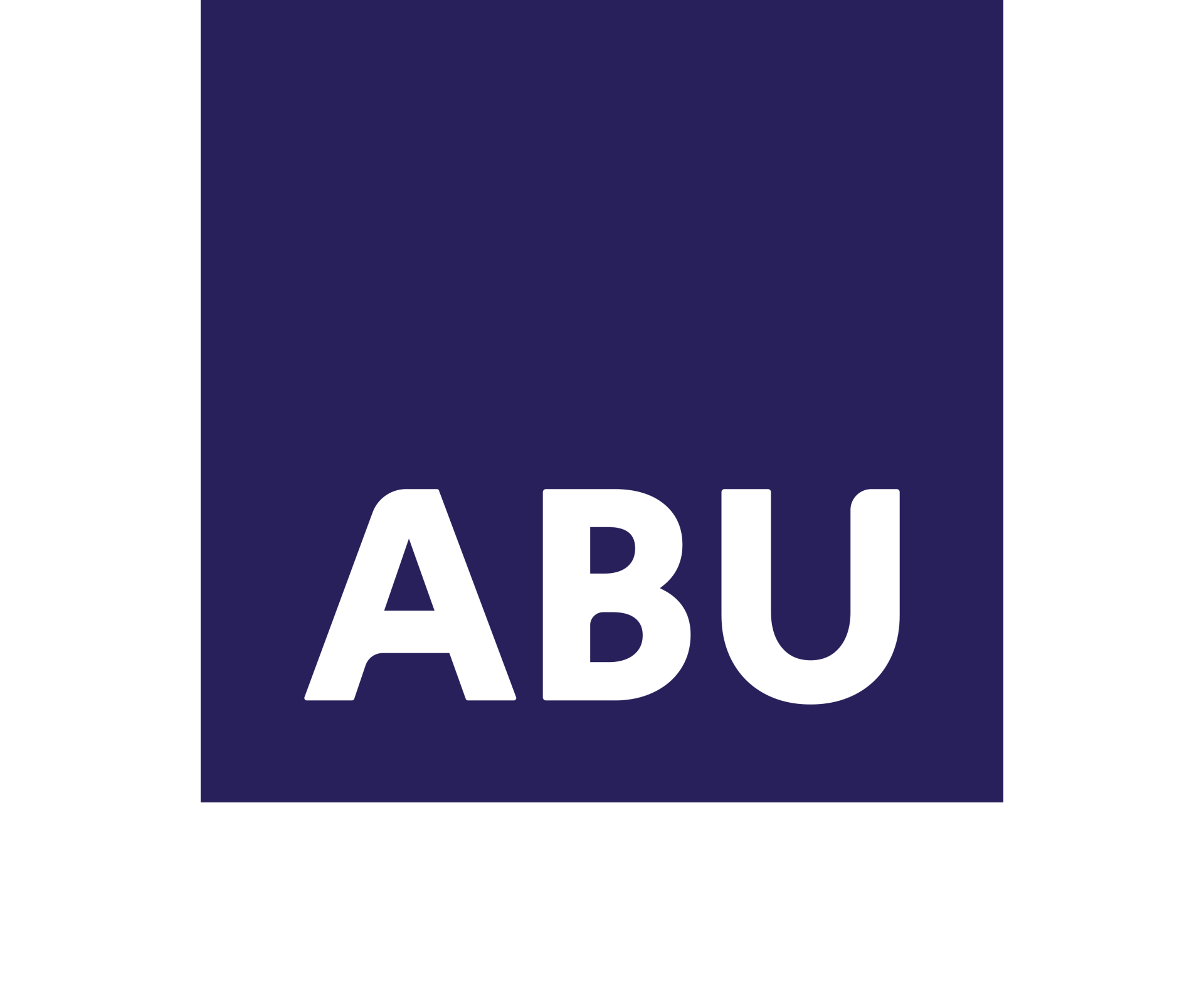CV Tips & Tricks

Oct 15, 2023
First impressions count.
Your CV is the first thing that will be seen by any potential employer, and could determine whether or not you’ll be invited for aninterview. These days, more and more people are using different means of searching and applying for jobs, including submitting details via LinkedIn or searching on social media. Despite new technologies and platforms allowing you to expand your job search in new ways, the traditional CV is still the most important tool in your job search kit.
Recruiters spend an average of 5-7 seconds looking at a resumé, so it’s vital that yours makes a good impression immediately. Your CV should show off your skills and experience in a way that will make you stand out from amongst your fellow candidates, putting you front and centre with recruiters and hiring managers.
Tailor your CV
The most important thing you can do is to customise your CV and make it as relevant as possible to the job that you’re applying for. Read the job application carefully and highlight specific skills and experience that you think will make the best impression on a recruiter, and which show you as somebody who is well-suited to the job at hand. It’s also worth considering scrapping your ‘objective’ statement at the head of your CV for a more targeted tagline that shows employers what you have to offer, such as: ‘highly accomplished marketing professional with more than ten years’ experience developing multi-million-pound product lines’.
Use keywords
90% of Fortune500 companies use ATS, or Applicant Tracking Software, to sort out ‘good’ CVs from the ones that they think are less suited to the job. This is iparticularly relevant in the modern world of online recruitment.
To find out whether you’re suited, the system will scan your CV and pick out certain keywords that are relevant to the job. As a result, it’s always a good idea to structure your CV in a way that will enable the ATS to pick out relevant information. Use keywords that are relevant to the job posting that you’re applying for, and that were mentioned in the job posting, and label your professional experience ‘work experience’: this is the phrase that most application tracking systems are programmed to recognise. It’s also a good idea to upload your CV as a Word Document, which ATS systems can read, rather than a PDF, which they can’t.
Show off
Your CV is where you sell yourself: don’t be afraid to tell your prospective employer what you’ve done and why you think you’re suited to the role! Highlight your most impressive projects, incorporating measurable results wherever possible. Use action words such as developed, established, or managed, but omit personal pronouns: for example, use ‘accomplished’ rather than ‘I accomplished’. However, list your education, certificates and associations last; the information is important, but not more important than direct experience.
Pay attention to detail
Spellchecking and grammar. It’s the one thing that everybody hates doing, but it’s the most important thing you need to do when it comes to applying for a job. One single mistake, and your CV will most likely be thrown away, so proofread your oeuvre- more than once, if necessary, before passing it onto friends and colleagues. Remember, if you are careless when it comes to creating your CV, hiring managers may think you’re careless on the job, too.
It’s also a good idea to doublecheck that the information you have on your CV corresponds to what you’ve got on your social media and LinkedIn pages. One in three employers reject candidates based on information they’ve found out about them online, so stay alert for anything you post that may reflect negatively on you.
Get formatting
A correctly formatted CV will not only save your prospective interviewer a headache when reading it, but will also vastly improve your chances of being asked for an interview. Be concise: your document should be no longer than two pages long, and it should be simple and professional. Avoid multiple fonts- stick to standard fonts like Arial, Calibri or Tahoma- font sizes, and complicated formatting, as well as tables, multiple columns and expanded or compressed texts, as ATS systems will not be able to read them.
When it comes to categorising your CV, be organised: use simple categories, and split sections up neatly into themes such as ‘Qualifications’, ‘Accomplishments’, ‘Work Experience’ and ‘Education’. You should also list the employer, job title, and employment dates- in that order, listing your experience and dates of employment in reverse chronological order.
Creating a CV that will really make you stand out as a potential employee is simple: including tailored information, the correct formatting, and keywords that will help an ATS to identify you as a good applicant for the role at hand all go a long way to make you appear a desirable candidate, even at a five second glance.
At Kelly Services, we always make the extra effort to ensure we match the best candidates to the best jobs. Find out more about the roles we offer here.







